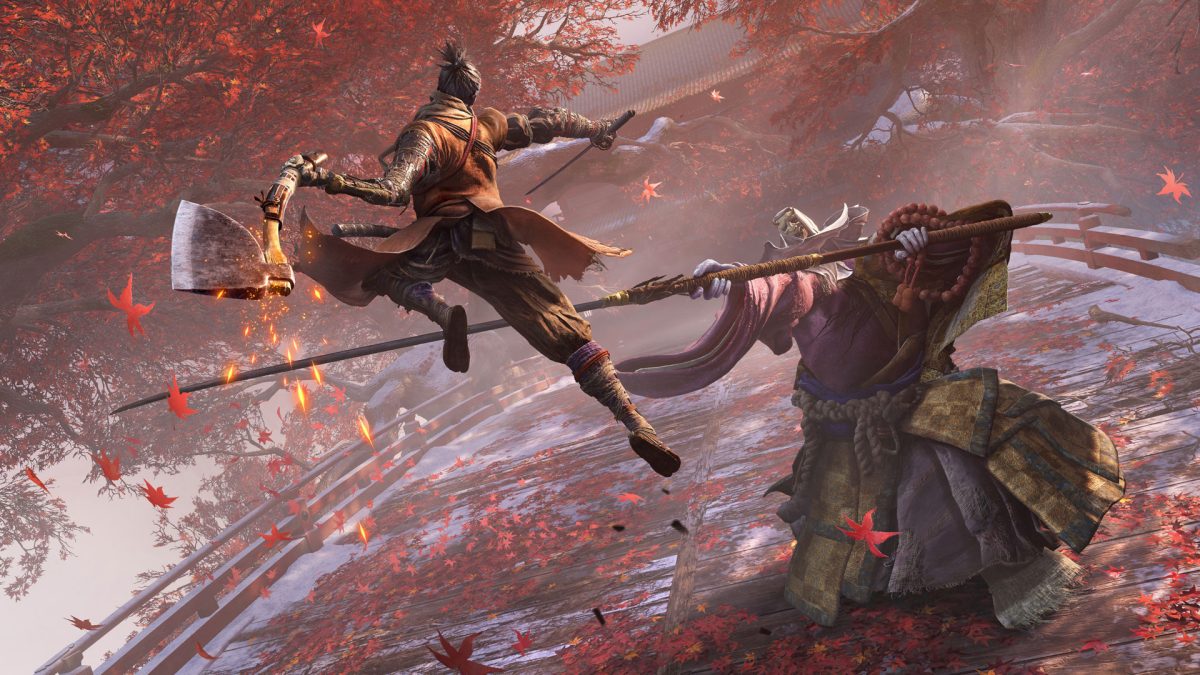From arcade machines designed to kill the player and suck down quarters to the shift toward consoles in the 1980s, video games have always had a weird history of balancing fun and challenge. This was especially true with FromSoftware Inc. releasing the “Dark Souls” trilogy and “Bloodborne,” which proved there was still a demand for hard difficulty in video games.
Since then, the video game space has evolved, and games have become more approachable. These are all iconic games today, but they were still in a niche spot upon release, as some of the most popular games of the 2010s were also some of the easiest. This trend isn’t a bad thing by any means, but it makes “Sekiro: Shadows Die Twice” winning Game of the Year in 2019 especially interesting.
“Sekiro: Shadows Die Twice,” released March 22, 2019, is a Japanese action-adventure Soulslike game developed by FromSoftware Inc. and published by Activision. The game follows Wolf (Noshir Dalal), a shinobi warrior who seeks revenge on a samurai clan that imprisoned him and kidnapped his lord, Kuro (Amber Hood).
This was the first FromSoftware Inc. game to win an award at the annual Game Awards presentation. This comes after releases such as the “Dark Souls” trilogy and “Bloodborne,” some of the most celebrated games ever made. For “Sekiro: Shadows Die Twice” to finally break FromSoftware Inc. into the mainstream, it must have done something pretty significant.
The Dragon’s Heritage:
For starters, the setting of “Sekiro: Shadows Die Twice” stands out from other games, taking the dark fantasy element of FromSoftware Inc.’s previous games but combining it with Sengoku-period Japanese history and Buddhist mythology.
This creates a setting that combines wartorn castles with scarred samurai warriors and ethereal villages housing mythical creatures. “Sekiro: Shadows Die Twice” still has an oppressive, bleak atmosphere, just like FromSoftware Inc.’s other games, but it also has a lot of beauty and life to it that creates interesting locations and situations for the story to take place “around.”
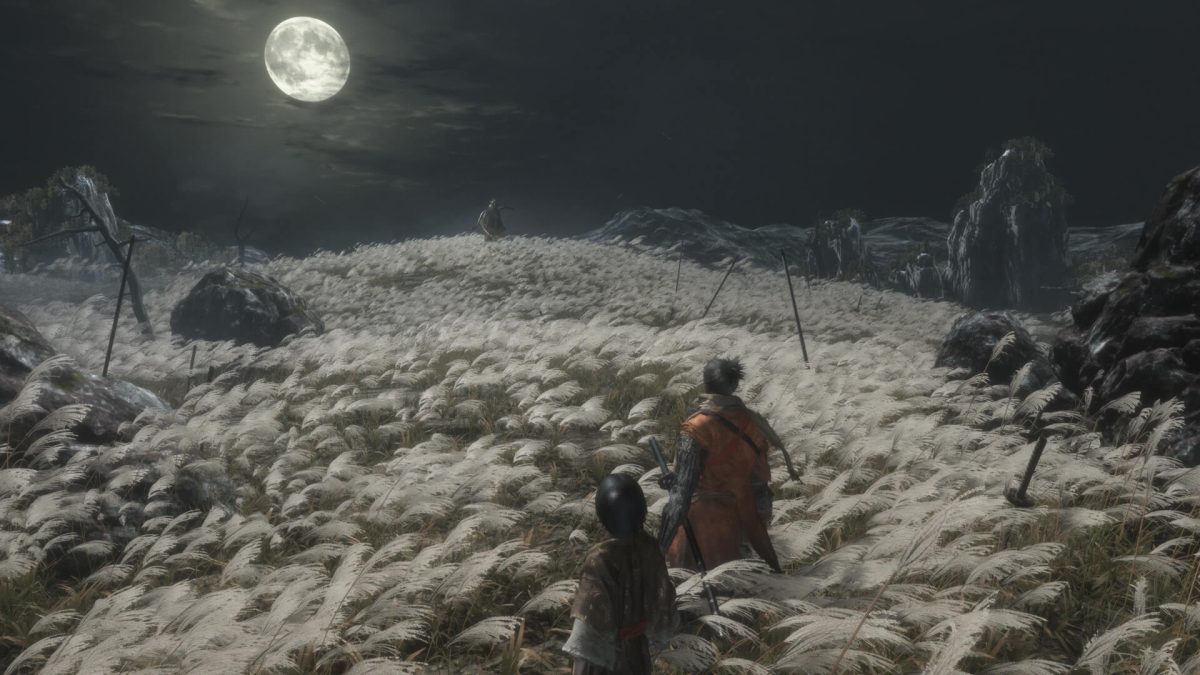
While the story isn’t much to write home about, there is still a lot of depth here, and this game sees FromSoftware Inc. move away from its typical way of abstract storytelling.
Wolf, as a protagonist, represents an evolution of empathy. At the start of the game, he is a very jaded individual. As the game progresses, he begins to open up and show more compassion to himself and the people around him. This growth begins with his interactions with the Sculptor (Brian Cummings), a former shinobi warrior who fits Wolf with a new arm and new perspectives on morality.
This theme continues with other characters of the game. Kuro, Lady Emma (Stephanie Sheh) and Isshin (Andre Sogliuzzo) reflect on mortality throughout the game and provide thoughtful insight into the ideas of immortality and mortality.
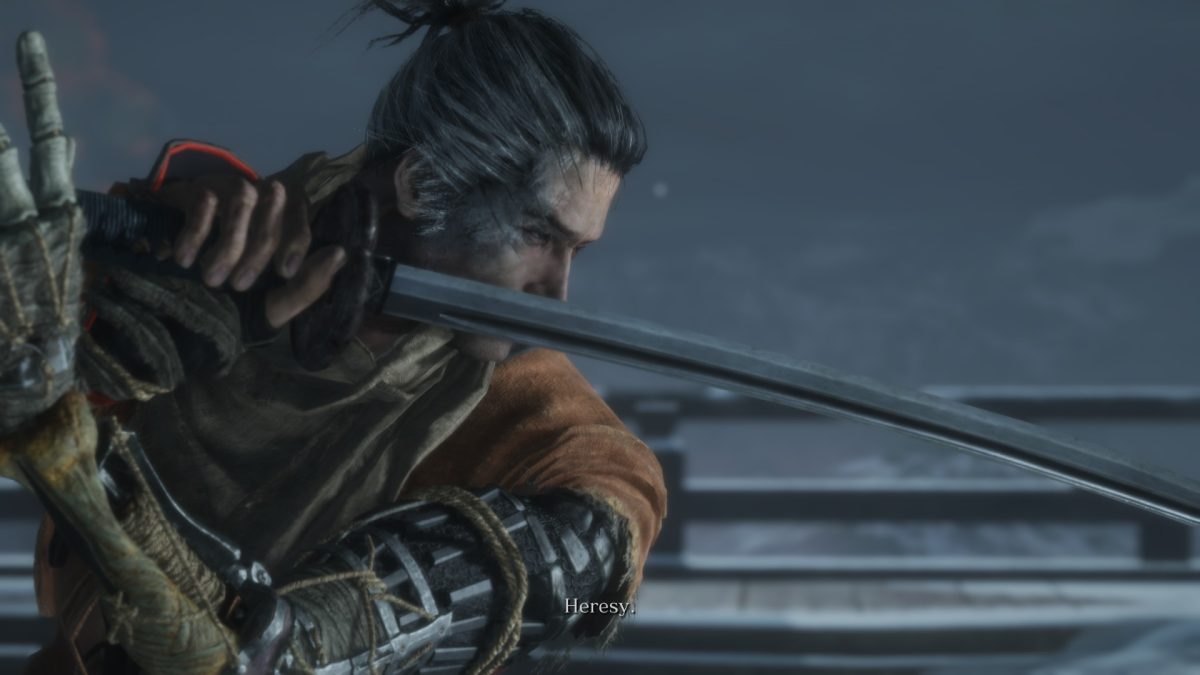
While “Sekiro: Shadows Die Twice’s” story doesn’t have a grand, mind-boggling story like “Dark Souls” or “Bloodborne,” it feels more grounded and is easier to follow, which increases the player’s immersion. That said, the main reason I recommend this game and love it so much is its gameplay.
Hesitation is defeat:
“Sekiro: Shadows Die Twice” takes a different approach to gameplay than “Dark Souls.”
Compared to the wide range of weapons, armor, spells and consumables of “Dark Souls,” “Sekiro: Shadows Die Twice” has one weapon, a grappling hook, eight tools and a dozen or so consumables. The game benefits from this more concentrated experience, as it leads to a specific playstyle.
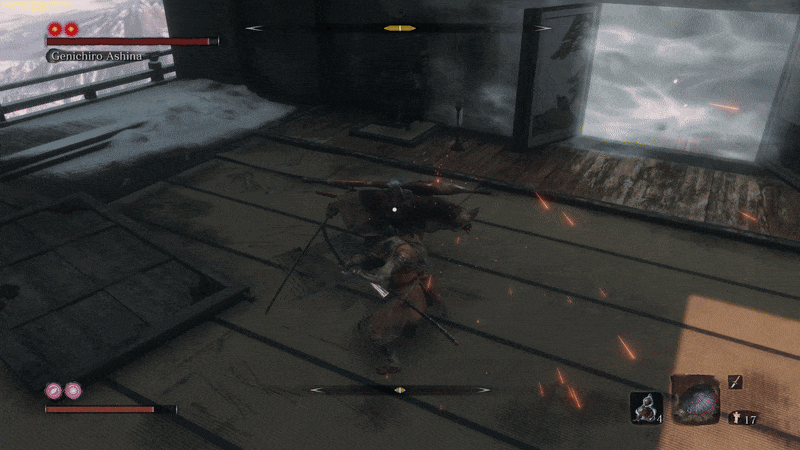
There are two main ways to play this game. The player can sneak up on enemies and silently take them down, or they can rush in and clash blades with as many enemies as possible. The game provides players with the flexibility to choose how to approach each fight. Stealth and combat flow together seamlessly, leading to multiple high-tension situations.
I especially love the melee combat in this game, which revolves around striking and parrying enemies. Each enemy has a posture bar the player can break, which leads to an instant kill. The challenge is the player must keep up the fight to break this posture, as it slowly restores if left unattended, which forces the player to be aggressive in combat.
This is especially true when considering the boss fights. Each boss fight has its own mechanics, with strengths and weaknesses, and the player must learn on the fly. These fights are the highlight of the game, as they are all crafted with a specific playstyle in mind, which allows for over-the-top battles that are tough but fair.
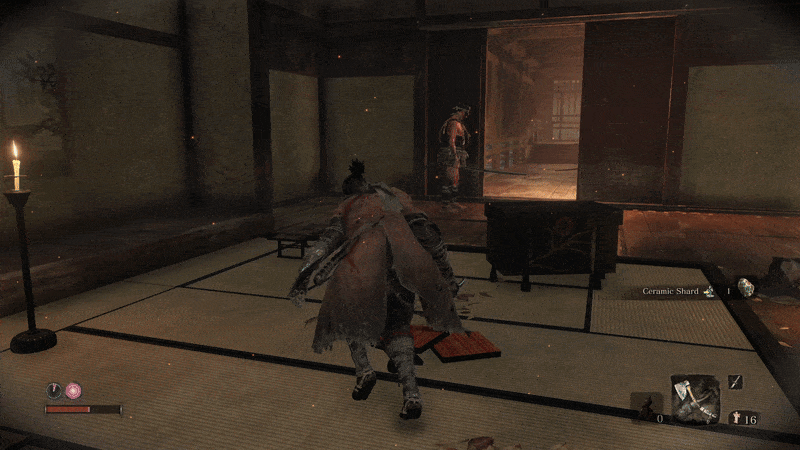
Even with how difficult the game gets, it gives the player the tools to take on any challenge. Through leveling tools and learning skills, the player grows alongside Wolf and becomes an unstoppable shinobi by the end of the game through determination.
Isshin describes the combat expertly early on: “Hesitation is defeat.”
Conclusion:
So many games struggle to find a nice balance when considering difficulty. This has been especially true with FromSoftware Inc.’s other games.
“Demon Souls,” the “Dark Souls” trilogy, “Bloodborne” and “Elden Ring” are fantastic games that deserve all the praise they have received over the years. However, in each of these games, certain segments with level design, enemy design or boss design fall into the issue of being unfairly difficult. These usually feel like severe difficulty spikes that were overlooked by the developer and lead to a tarnished experience.
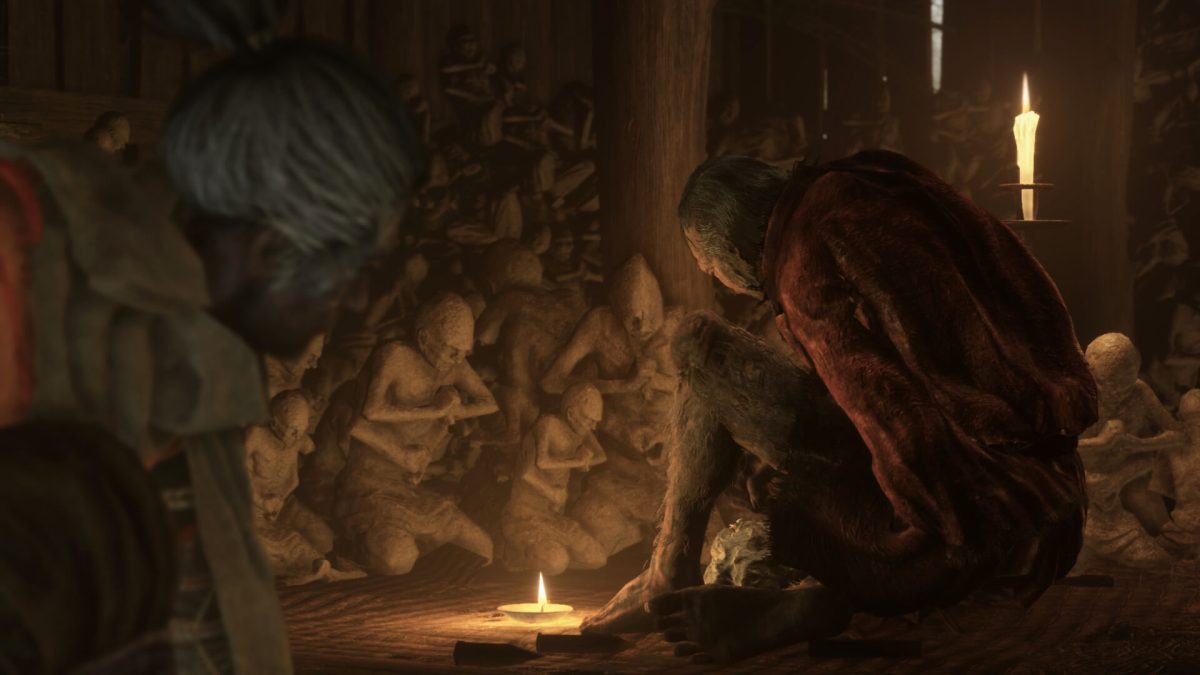
“Sekiro: Shadows Die Twice” never runs into this issue. Although aspects of this game could be seen as annoying, there are easily accessible tools the player can use to mitigate these issues, something the other games don’t have.
This game feels as though FromSoftware Inc. has learned from its past mistakes and has crafted an experience that is both satisfying to play and provides the right amount of challenge without ever feeling unfair. The game emphasizes precision and skill in a way that makes the player always feel as if they are making progress and improving.
While the game may not have the sheer amount of flexibility as the role-playing genre of “Dark Souls,” “Sekiro: Shadows Die Twice” is an amazing twist on the genre that stands on its own as one of the best action-adventure video games released in the last decade and sets a new bar for challenge in video games.

